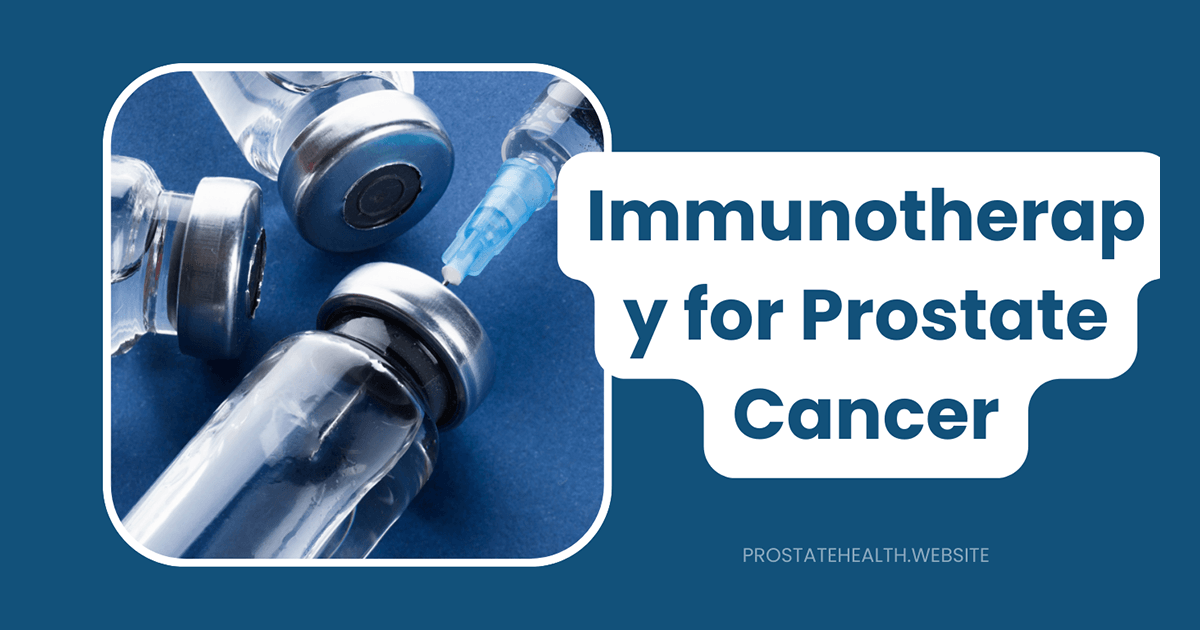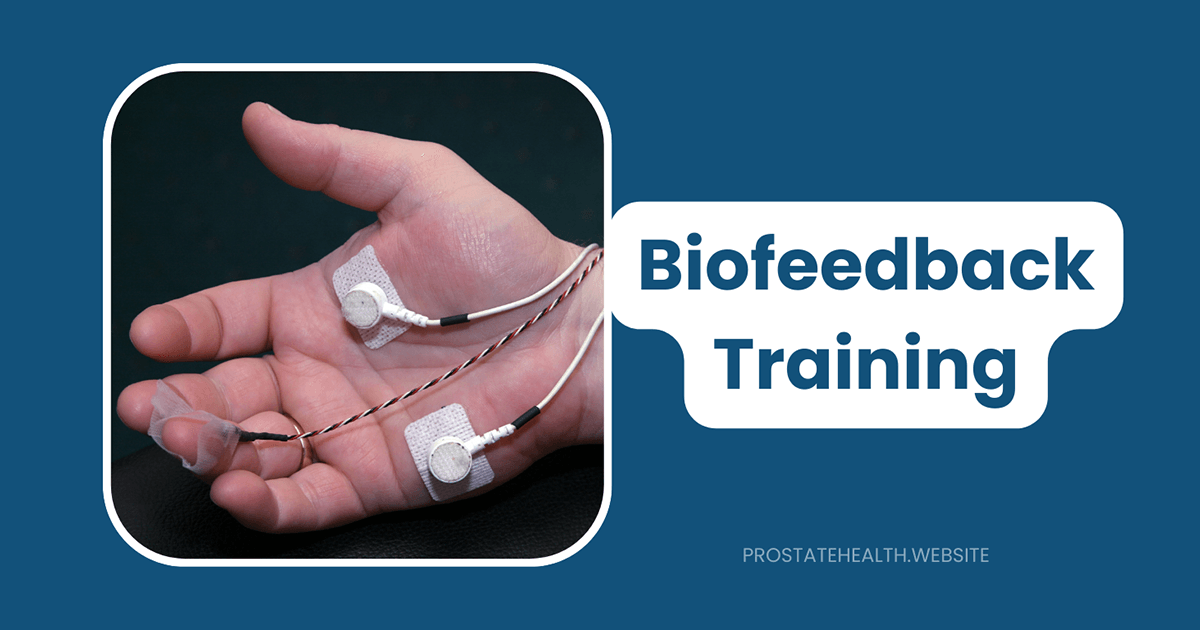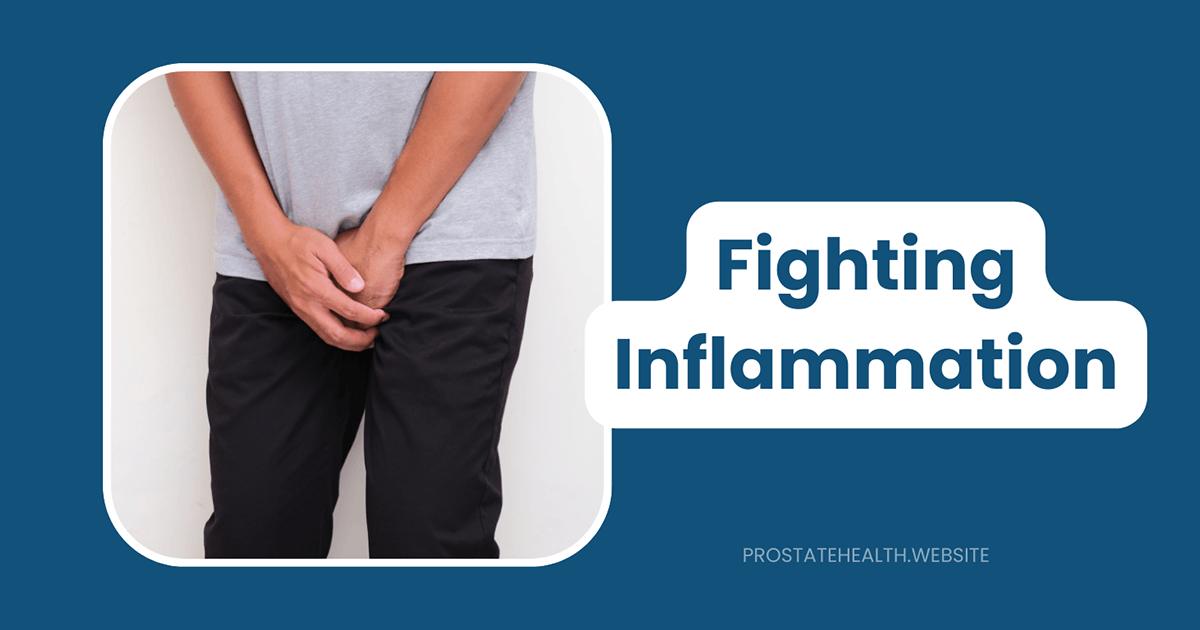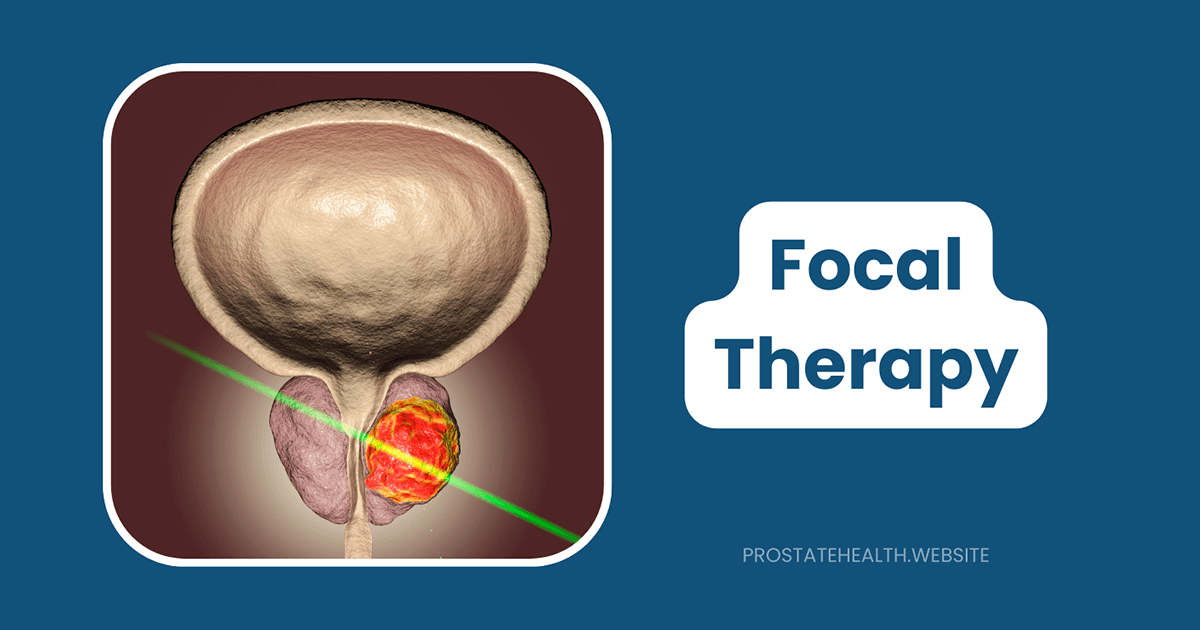Laser Therapy for BPH: Types, Benefits, and Recovery
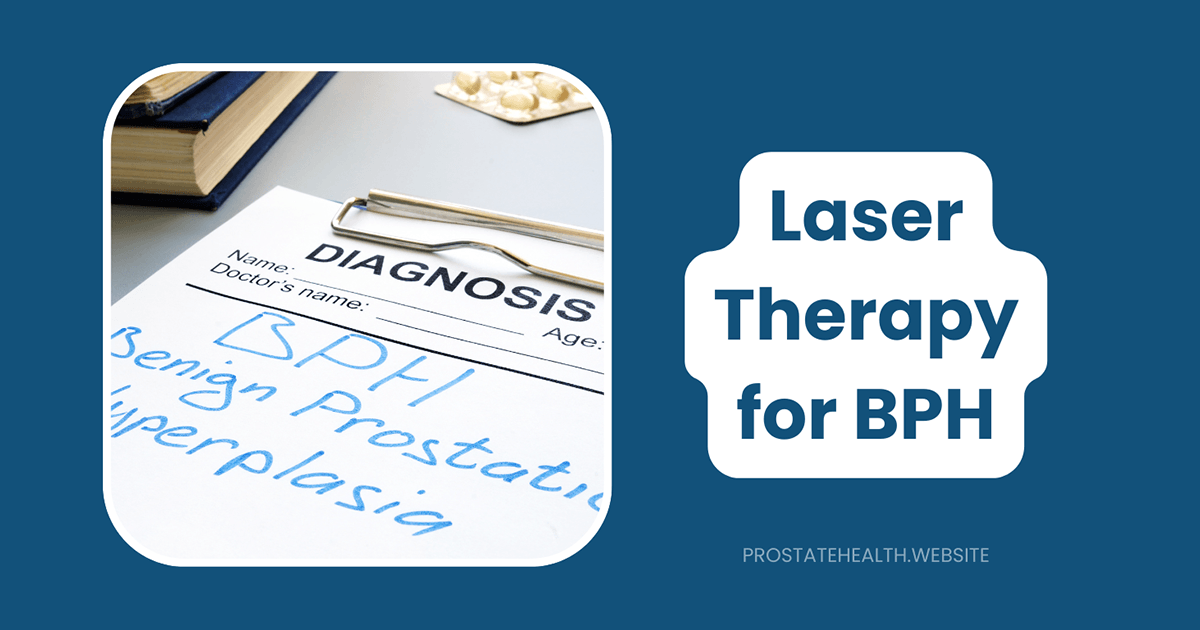
If you’re one of the millions of men dealing with benign prostatic hyperplasia (BPH), you know how frustrating the symptoms can be—frequent urination, weak stream, nighttime bathroom trips, and the constant feeling that your bladder isn’t quite empty. While medications help many men, they don’t work for everyone and often come with unwanted side effects.
Laser therapy for BPH has revolutionized treatment options, offering effective relief with fewer complications and faster recovery than traditional surgery. As technology advances, these procedures continue to improve, with over 1 million men worldwide having been treated with laser therapies like GreenLight alone.
“Laser procedures represent one of the most significant advances in BPH treatment in recent decades,” explains Dr. James Wilson, urologist. “They offer the effectiveness of surgery with significantly reduced risks and recovery time.”
This comprehensive guide explores the various laser therapies available for BPH in 2025, their benefits, and what to expect during recovery.
Understanding Laser Therapy for BPH
Before diving into specific types of laser therapy, let’s understand the basic concept. Laser therapy for BPH uses concentrated light energy to remove or vaporize excess prostate tissue that’s blocking urine flow. Unlike traditional surgery (TURP), which uses a wire loop and electric current to cut away tissue, laser procedures offer:
- Greater precision in targeting tissue
- Better hemostasis (control of bleeding)
- Less damage to surrounding healthy tissue
- Shorter hospital stays
- Faster recovery times
Laser energy can be delivered in different ways depending on the specific procedure, but all aim to create a wider channel through the prostate to improve urine flow.
Types of Laser Therapy for BPH
Several types of laser therapy are available, each with unique characteristics and benefits. The most common include:
1. HoLEP (Holmium Laser Enucleation of the Prostate)
How it works: HoLEP uses a holmium:YAG laser to precisely separate enlarged prostate tissue from the prostatic capsule. The tissue is then pushed into the bladder and removed using a special instrument called a morcellator.
Best for: Men with prostates of any size, including very large prostates (>100g) that might otherwise require open surgery. HoLEP is particularly effective for men who:
- Have very large prostates
- Are on blood thinners
- Have acute urinary retention
- Have failed other treatments
Effectiveness: HoLEP typically removes 50-60% of the total prostate volume and provides long-lasting relief. Studies show significant improvements in urinary flow rates and symptom scores that persist for many years.
Procedure time: Typically 60-90 minutes, depending on prostate size.
“HoLEP changed my life,” shares Michael, 67. “After years of waking up 5-6 times a night, I now sleep through the night. The recovery was much easier than I expected, and the results have been remarkable.”
2. GreenLight PVP (Photoselective Vaporization of the Prostate)
How it works: GreenLight uses a high-powered laser that’s selectively absorbed by hemoglobin in the prostate tissue. This causes the tissue to vaporize instantly, creating a wider channel for urine flow. The laser’s wavelength is specifically designed to seal blood vessels as it works, minimizing bleeding.
Best for: Men with small to medium-sized prostates (up to 80g) who:
- Want a quick recovery
- Are on blood thinners
- Are concerned about sexual side effects
- Need minimal catheterization time
Effectiveness: Over 86% of patients report improved or unchanged sexual satisfaction following GreenLight, with symptom improvement lasting up to 5 years or more.
Procedure time: Usually 30-90 minutes, depending on prostate size.
“I was back to my normal activities within days after my GreenLight procedure,” reports James, 72. “The improvement in my urinary symptoms was almost immediate, and I’ve had no complications in the two years since.”
3. ThuLEP (Thulium Laser Enucleation of the Prostate)
How it works: Similar to HoLEP, ThuLEP uses a thulium laser to separate prostate tissue from the capsule. The thulium laser offers continuous wave energy (versus the pulsed energy of holmium), which some surgeons find provides better precision for cutting and superior coagulation.
Best for: Men with prostates of various sizes who:
- Are on blood thinners
- Need precise tissue removal
- Have concerns about bleeding
Effectiveness: Recent studies show ThuLEP provides excellent symptom improvement with potentially less blood loss than HoLEP. A 2025 study found that ThuLEP resulted in a shorter hospital stay (mean difference of -0.41 days) compared to HoLEP.
Procedure time: Typically 40-90 minutes, depending on prostate size.
4. ThuFLEP (Thulium Fiber Laser Enucleation of the Prostate)
How it works: ThuFLEP uses a newer thulium fiber laser technology that offers potentially better energy efficiency and precision than traditional thulium lasers.
Best for: Similar to ThuLEP, this procedure is suitable for various prostate sizes and patients on blood thinners.
Effectiveness: A 2025 study comparing HoLEP, ThuLEP, and ThuFLEP found all three procedures provided significant improvement in functional parameters (IPSS, Qmax, PVR, and quality of life) with no significant differences in complication rates.
Procedure time: Similar to ThuLEP, typically 40-90 minutes.
5. Diode Laser Procedures
How it works: Diode lasers emit light at wavelengths that are highly absorbed by water and hemoglobin, allowing for efficient cutting and excellent hemostasis.
Best for: Men with moderate-sized prostates who:
- Are on blood thinners
- Have concerns about bleeding
- Want a procedure with good hemostatic properties
Effectiveness: Studies show good symptom improvement with minimal bleeding, though long-term data is more limited compared to other laser therapies.
Procedure time: Usually 30-60 minutes, depending on prostate size.
Comparing Laser Therapies: Which Is Right for You?
When deciding which laser therapy might be best for your situation, several factors come into play:
Prostate Size
- Small to medium prostates (30-80g): All laser therapies are generally suitable, with GreenLight PVP often preferred for its simplicity and quick recovery
- Large prostates (80-150g): HoLEP, ThuLEP, or ThuFLEP are typically recommended for their ability to remove large amounts of tissue efficiently
- Very large prostates (>150g): HoLEP is often considered the gold standard, as it can effectively treat even extremely large prostates that would otherwise require open surgery
Bleeding Risk
- Patients on blood thinners: All laser therapies offer advantages over traditional TURP, but HoLEP, ThuLEP, and ThuFLEP may provide superior hemostasis
- Patients with bleeding disorders: ThuLEP has shown slightly better hemoglobin preservation in some studies compared to HoLEP
Recovery Preferences
- Minimal catheterization: GreenLight PVP often requires the shortest catheterization time (sometimes less than 24 hours)
- Quick return to activities: All laser therapies offer faster recovery than traditional TURP, with most patients resuming normal activities within 1-2 weeks
Sexual Function Concerns
- Preservation of erectile function: All laser therapies have low rates of erectile dysfunction
- Retrograde ejaculation concerns: All enucleation procedures (HoLEP, ThuLEP, ThuFLEP) have relatively high rates of retrograde ejaculation (approximately 75%), while GreenLight PVP may have slightly lower rates
Surgeon Experience and Availability
Perhaps the most important factor is your surgeon’s experience with a particular technique. Research shows that outcomes are better when performed by surgeons who have completed the learning curve for these technically demanding procedures.
“The best laser procedure is often the one your surgeon has the most experience with,” advises Dr. Wilson. “These are all excellent options when performed by skilled hands.”
Benefits of Laser Therapy Compared to Traditional Surgery
Laser therapy offers numerous advantages over traditional transurethral resection of the prostate (TURP):
1. Reduced Bleeding Risk
Laser energy seals blood vessels as it cuts or vaporizes tissue, resulting in:
- Minimal blood loss during the procedure
- Lower risk of blood transfusions
- Suitability for patients on blood thinners who cannot stop their medication
2. Shorter Hospital Stay
- Many laser procedures can be performed as outpatient procedures
- When hospitalization is required, it’s typically just overnight compared to 2-3 days for traditional TURP
3. Faster Recovery
- Less tissue trauma means faster healing
- Most patients can resume normal activities within 1-2 weeks
- Less post-operative pain compared to traditional surgery
4. Reduced Catheterization Time
- Catheter removal often possible within 24 hours
- Some patients undergoing GreenLight PVP may not require a catheter at all
5. Lower Risk of TUR Syndrome
TUR syndrome is a potentially serious complication of traditional TURP where irrigation fluid is absorbed into the bloodstream. Laser procedures virtually eliminate this risk.
6. Better Preservation of Sexual Function
- Lower rates of erectile dysfunction
- While retrograde ejaculation remains common with enucleation procedures, overall sexual satisfaction is well-preserved
7. Durability of Results
- Long-lasting symptom improvement
- Lower retreatment rates compared to some other minimally invasive options
What to Expect: Before, During, and After Laser Therapy
Before the Procedure
Preparation:
- Your doctor will review your medical history and medications
- You may need to temporarily stop blood thinners (though many laser procedures can be performed while continuing these medications)
- Urine and blood tests will be performed
- You may undergo urodynamic testing to evaluate bladder function
The day before surgery:
- Follow any fasting instructions provided by your healthcare team
- Arrange for someone to drive you home after the procedure
- Pack essentials for a possible overnight stay
During the Procedure
Anesthesia:
- Most laser procedures are performed under general or spinal anesthesia
- The procedure typically takes 30-90 minutes, depending on prostate size and technique
The surgical process:
- A thin scope is inserted through the urethra to the prostate
- The laser fiber is passed through the scope
- Depending on the specific procedure, the laser energy either vaporizes tissue (GreenLight) or cuts and removes it (HoLEP, ThuLEP)
- For enucleation procedures, a morcellator removes the tissue pieces
- A catheter is placed to drain urine
After the Procedure: Recovery Timeline
Immediate recovery (1-3 days):
- You may have a catheter for 24 hours to several days, depending on the procedure
- Some burning during urination is normal when the catheter is removed
- Blood in urine is common and may appear pink or red-tinged
- Pain is typically minimal and managed with over-the-counter medications
Short-term recovery (1-2 weeks):
- Gradual improvement in urinary symptoms
- Possible urgency and frequency that improves over time
- Return to light activities within days
- Avoid strenuous exercise, heavy lifting, and sexual activity for 1-2 weeks
Long-term recovery (2-6 weeks):
- Continue to see improvement in urinary symptoms
- Blood in urine may occasionally reappear but should gradually resolve
- Most patients can resume all normal activities, including sexual activity
- Follow-up appointment typically scheduled at 4-6 weeks
“Recovery was much easier than I anticipated,” shares Robert, 65, who underwent HoLEP. “I had some blood in my urine for about a week and occasional urgency, but I was back to most of my normal activities within days. By six weeks, I felt completely normal again, but with dramatically improved urinary function.”
Potential Side Effects and Complications
While laser therapy has fewer complications than traditional surgery, it’s important to understand potential side effects:
Common Side Effects
Short-term (days to weeks):
- Blood in urine (hematuria)
- Urinary urgency and frequency
- Burning during urination
- Mild discomfort in lower abdomen
Long-term (weeks to permanent):
- Retrograde ejaculation: Occurs in approximately 75% of men after enucleation procedures (HoLEP, ThuLEP) and somewhat less frequently with GreenLight PVP
- Temporary urinary incontinence: Usually resolves within weeks to months
- Urethral stricture: Narrowing of the urethra that may require additional treatment
Serious Complications (Uncommon)
- Severe bleeding: Requiring intervention or transfusion
- Urinary tract infection: Requiring antibiotics
- Permanent urinary incontinence: Very rare (less than 1%)
- Erectile dysfunction: Uncommon and often temporary
Recovery Tips: Optimizing Your Healing Process
These practical tips can help ensure a smooth recovery after laser therapy:
1. Hydration and Nutrition
- Stay hydrated: Drink 8-10 glasses of water daily to help flush your bladder and reduce blood in urine
- Avoid bladder irritants: Limit caffeine, alcohol, citrus juices, and spicy foods during recovery
- Eat fiber-rich foods: Prevent constipation, which can put pressure on the surgical site
2. Activity Guidelines
- Balance rest and movement: Take short walks several times daily to promote circulation
- Avoid heavy lifting: Nothing over 10 pounds for at least 2 weeks
- Gradually increase activity: Add a little more each day as tolerated
- Resume driving: Usually within a few days, once you’re no longer taking narcotic pain medications
3. Managing Discomfort
- Take medications as prescribed: This may include antibiotics to prevent infection
- Use a cushion: When sitting for long periods during the first week
- Warm baths: Can help relieve discomfort after catheter removal (once approved by your doctor)
4. When to Call Your Doctor
Contact your healthcare provider immediately if you experience:
- Inability to urinate
- Severe pain not controlled by prescribed medications
- Heavy bleeding or large blood clots
- Fever over 101°F (38.3°C)
- Chills or shaking
Choosing the Right Procedure and Surgeon
When considering laser therapy for BPH, two factors significantly impact your outcome:
1. Procedure Selection
Work with your urologist to select the most appropriate procedure based on:
- Your prostate size and anatomy
- Your medical history and medications
- Your priorities regarding recovery time and side effects
- Available technology at your treatment facility
2. Surgeon Experience
The learning curve for laser procedures, especially enucleation techniques like HoLEP and ThuLEP, is steep. Research shows that outcomes improve significantly after a surgeon has performed 20-50 cases.
Questions to ask potential surgeons:
- How many laser procedures have you performed?
- What are your complication rates?
- What is your preferred technique and why?
- What results have your patients typically experienced?
“Finding a surgeon with extensive experience in laser prostate procedures was key to my successful outcome,” shares Thomas, 70. “I traveled an extra hour to see a specialist who had performed over 500 HoLEP procedures, and it was absolutely worth it.”
Conclusion: A Brighter Future for BPH Treatment
Laser therapy for BPH represents one of the most significant advances in men’s health treatment in recent decades. These procedures offer the effectiveness of traditional surgery with significantly reduced risks, shorter recovery times, and better preservation of quality of life.
As technology continues to advance and surgeon experience grows, we can expect even better outcomes with fewer side effects. For men suffering from moderate to severe BPH symptoms, especially those who haven’t found relief with medications, laser therapy offers a compelling option that can provide long-lasting improvement.
By understanding the different types of laser therapy available, their benefits, and what to expect during recovery, you can have more informed discussions with your healthcare provider and make the best decision for your specific situation.
Frequently Asked Questions
This varies by procedure. GreenLight PVP often provides immediate improvement once the catheter is removed. Enucleation procedures like HoLEP and ThuLEP may show gradual improvement over several weeks as swelling subsides.
Erectile function is generally well-preserved after laser therapy. However, retrograde ejaculation (where semen goes into the bladder rather than out through the penis during orgasm) is common, especially with enucleation procedures. This doesn’t affect sexual pleasure but does impact fertility.
Laser therapy provides long-lasting results for most men. Studies show durability of 5+ years for GreenLight PVP and even longer for enucleation procedures like HoLEP. Some men may experience regrowth of prostate tissue over many years, but retreatment rates are generally low.
Most men can discontinue BPH medications within a few weeks after successful laser therapy. Your doctor will advise you on when it’s appropriate to stop these medications.
Yes, most insurance plans, including Medicare, cover laser therapy for BPH when medically necessary. However, it’s always best to check with your specific insurance provider regarding coverage details.
External Resources:
- American Urological Association – BPH Guidelines
- Urology Care Foundation – Laser Therapy for BPH
- Mayo Clinic – Prostate Laser Surgery

